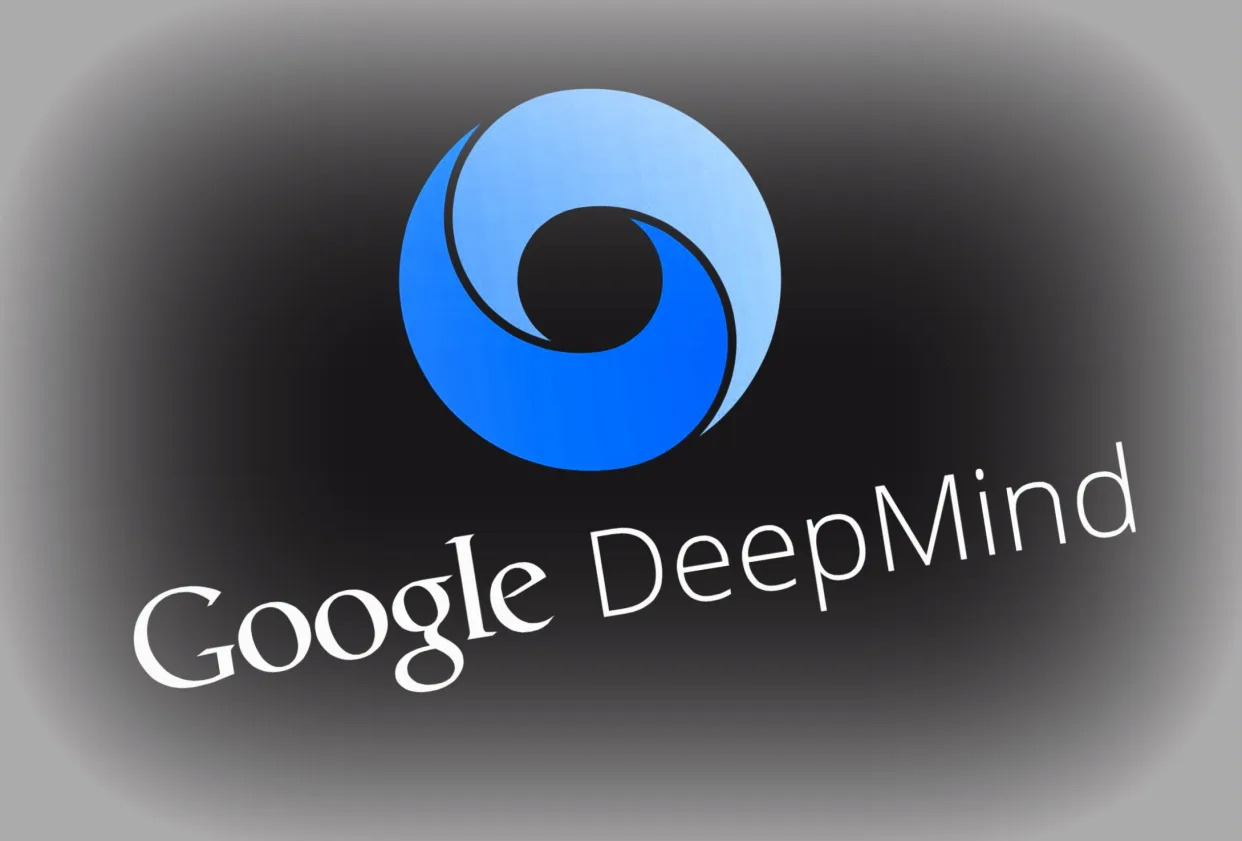mastermind
Rest In Power Kobe

Goldman Sachs: ‘Limited Economic Upside From AI’
Goldman Sachs is throwing cold water on the artificial intelligence industry, saying its ability to solve problems doesn't justify its cost.
 www.webpronews.com
www.webpronews.com
We first speak with Daron Acemoglu, Institute Professor at MIT, who’s skeptical. He estimates that only a quarter of AI- exposed tasks will be cost-effective to automate within the next 10 years, implying that AI will impact less than 5% of all tasks. And he doesn’t take much comfort from history that shows technologies improving and becoming less costly over time, arguing that AI model advances likely won’t occur nearly as quickly—or be nearly as impressive—as many believe. He also questions whether AI adoption will create new tasks and products, saying these impacts are “not a law of nature.” So, he forecasts AI will increase US productivity by only 0.5% and GDP growth by only 0.9% cumulatively over the next decade.
Many people attempt to compare AI today to the early days of the internet. But even in its infancy, the internet was a low-cost technology solution that enabled e-commerce to replace costly incumbent solutions. Amazon could sell books at a lower cost than Barnes & Noble because it didn’t have to maintain costly brick-and-mortar locations. Fast forward three decades, and Web 2.0 is still providing cheaper solutions that are disrupting more expensive solutions, such as Uber displacing limousine services. While the question of whether AI technology will ever deliver on the promise many people are excited about today is certainly debatable, the less debatable point is that AI technology is exceptionally expensive, and to justify those costs, the technology must be able to solve complex problems, which it isn’t designed to do.
The report also says replacing the entire US power grid is the only way to run it effectively.
You can read the report here:
Wayback Machine
web.archive.org










